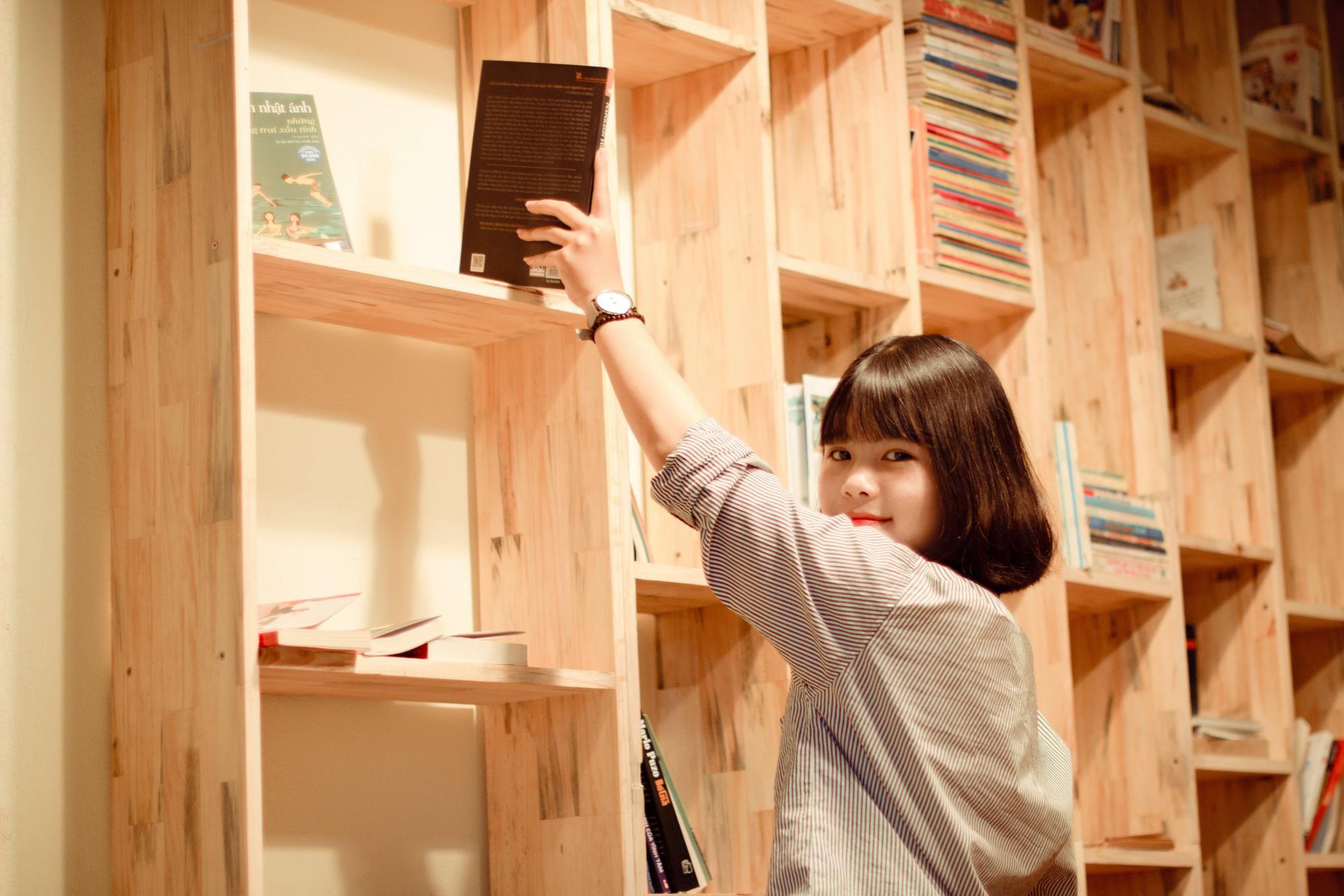It’s never been easier to skip going to the library in favor of buying a book or browsing the internet for information. However, Long Island libraries are proving that technology advancements, like 3D printing and hybrid activities, have led to an uptake in people entering their doors. They see that people are not just going to the library to read books, but to be a part of a community. They allow people within their neighborhoods to come to the library as a means of an escape. These additional services don’t come cheap, and require more funding to meet people’s needs.
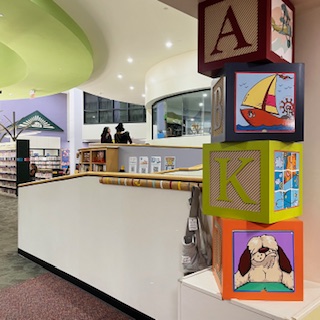
Libraries are the great equalizers to society because people who don’t have access to resources have access to technology.
— Margie Hartough, director of Half Hollow Hills Community Library
Libraries are trying to challenge the perception that they are a place for bookworms. This then ends up undermining the importance they have in the community, making librarians worry that lawmakers will underfund, putting the needs and wants of these libraries on the shelf.
In response, libraries on Long Island have incorporated innovative technologies into programs and within their facilities, attempting to attract people of all ages and walks of life.
“Digital services get people worth coming out here,” said Irene A. Duszkiewicz, director of Hempstead Public Library.
Many libraries have had technology like computers and fax machines at a visitor’s disposal since the early 2000s. However, they have since upgraded from these machines. The North Bellmore Public Library has created a business presentation room where people can come in with their devices, plug in and have a space to work. They also have an innovation room where North Bellmore patrons have the chance to get their hands on advanced technologies, like the 3D printer, a Circuit EasyPress to apply designs to fabrics, and a Comb Binding Machine, which easily binds a ton of papers together. There is no fee to access these pricey items, but residents will need to book an appointment ahead of time. This library acquired the advancements in technology to encourage all age groups to come to walk through their doors.
“After 11 a.m., people from elderly to babies come to the library,” said Senior Library Clerk Mary Anne Leisenring, acknowledging the thriving children’s room, where programs have reached maximum capacity.
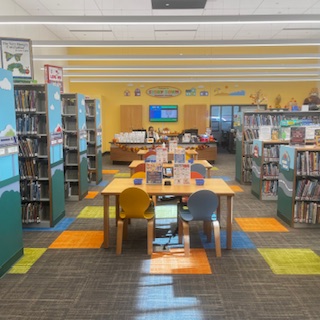
“Public libraries have to be a reflection of the neighborhood. What we do is largely dependent on what we need, maybe we need to buy Chromebooks in the library for kids to get availability… they need to provide that,” said Michele Lipson, director of The Bryant Library in Roslyn.
The Bryant Library did just that, as they are another example of a library who saw how technology plays a huge role in people’s lives and are using it to help people who don’t have access to these electronics. Chromebooks are offered to patrons 18 and older to be borrowed for their school work and employment for up to 14 days — and can be renewed to have them for longer. The Bryant Library even has a tech talk podcast about technology that is provided at their library along with topics that feature new technology announcements and events they provide. They currently have more than a dozen episodes available to listen to on Spotify, Google Podcasts, and other streaming platforms.
The Bryant Library also incorporates technology into their book clubs by making participation hybrid. Librarians say some people, especially older residents, are still not comfortable with coming to the library post-pandemic, but want to still be able to be engaged in their library’s community. More than 60 people are enrolled in their book club, evenly split online and in-person.
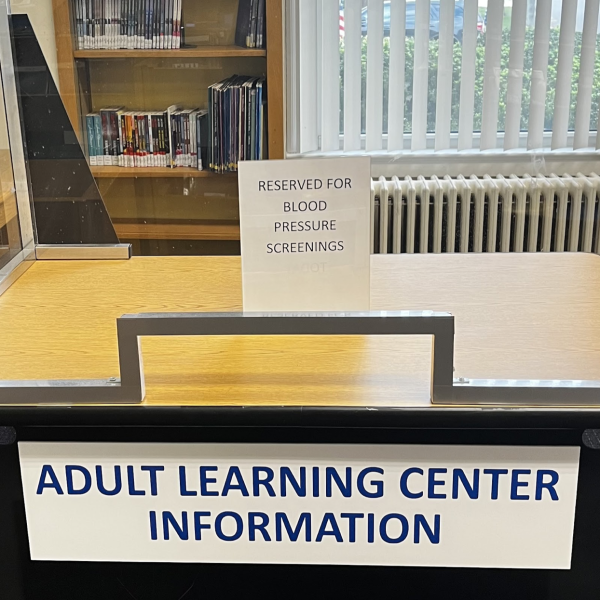
Libraries were senior citizens’ lifeline.
— Irene A. Duszkiewicz, director of Hempstead Public Library
[Duszkiewicz] said the Hempstead Public Library provides a space for senior citizens to feel less alone, but also offers services to help others who may be struggling, filing out IRS and other government forms. Other people within the community who are non-native English speakers can enter ESL (English as a Second Language) programs through the library.
There are also programs to help non-traditional students go back to school and obtain their GED. They even provide citizenship programs that were proven to be effective. Since January 2023, more than a dozen individuals have obtained citizenship thanks to the efforts of this program.
The library persevered with the community through the COVID-19 pandemic. Duszkiewicz remembers looking outside of her office window at people excitedly grabbing novels from the book truck placed in front of the library during lockdown. She watched the truck that started off full become empty every night. This shows that libraries don’t always need fancy gadgets as a driving force to attract patrons.
Attracting all ages
Libraries — which survived the pandemic by offering digital tools and hybrid programming — are lackluster in the eyes of teenagers. To fix this misconception, Huntington Public Library, which has a large population of children coming through their doors, is trying to appeal to this age group.
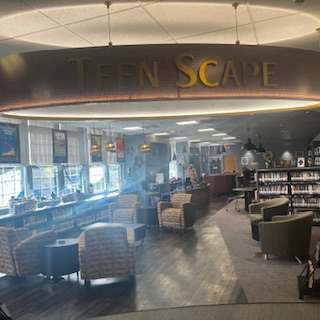
Their neighbor at Harborfields Public Library seems to have figured out a way with their innovative teen room. It is equipped with sound proof paneling, dark colored walls to exuberate relaxation and even a foosball table and Nintendo Wii. Each day, the room brings in between 10 and 30 teens who come in to not just study there but to hangout with their friends.
“It’s loud in here — and there is usually a group of girls who always come by and sit and do crafts and talk,” said Mary Kim, the teen room librarian.
A key component of the programming is having kids graduate from the popular children’s room.
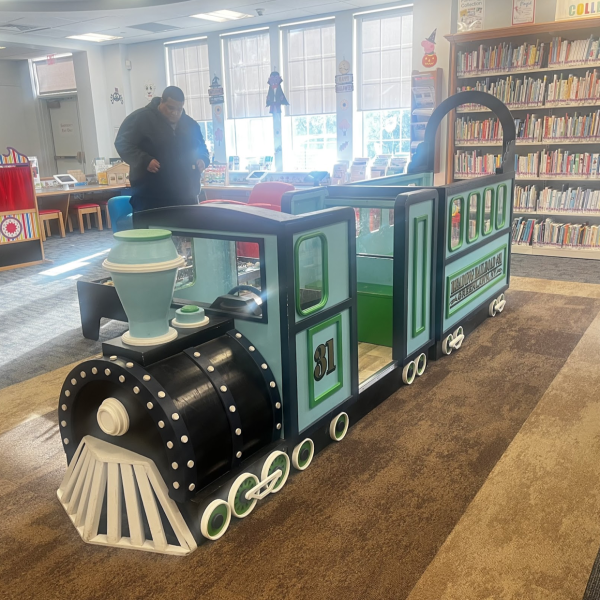
Known for its life size train, this space is beloved. Since the pandemic, people from the city have relocated to Long Island with their families and this library is taking advantage of that. They have upwards of 50 programs for kids and are creating strong connections with schools to create programs that would interest and benefit children. According to the library, their efforts seem to be working as the number of children coming through their doors have tripled.
“It’s free, keeps my kid entertained — super lucky to have it here,” said Anna Love, a mother of a nine-month-old.
With 1,800 people in this North Shore community — 1,300 of which are cardholders — this library is bringing people of all ages together to enjoy all the fun things this library has to offer.
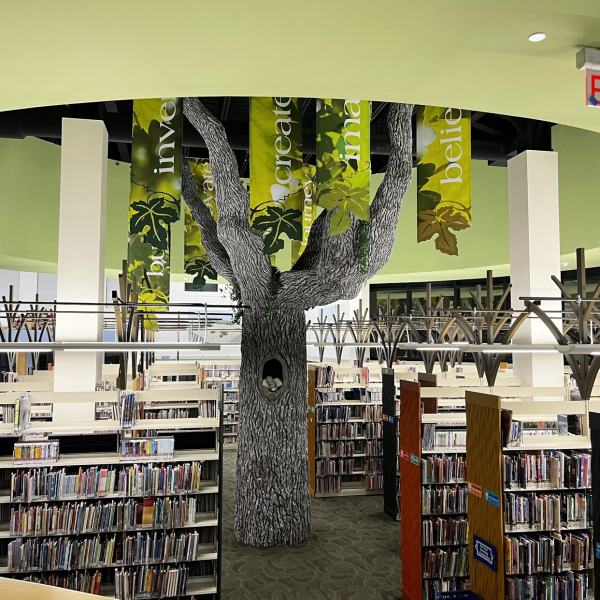
On the south shore of Long Island, the Sayville Library has also come up with creative ways to get young adults to come in. Programs like the “Haunted House” created by the teen department and “Library Lockdown,” where approximately 60 kids got the chance to stay at the library until midnight and have nerf gun wars, were big hits.
Their integration of advanced technology has played a role in the popularity of their programming, too. Their library has elevated their computers to Apple computers with access to Adobe software. They are even offering to convert DVDs to digital. These products could cost hundreds of dollars to purchase, but are all offered with no price tag, creating a positive response to its community. Technology like eBook usage has also skyrocketed for their patrons. Annual data curated in September shows the usage of Libby, which offers eBooks from the public library, has increased up to 15%. Since 2022, the library has also had a total of 61,500 downloads. Libby is an app that is provided to cardholders in most Long Island libraries, but its success in Sayville is due to the train station nearby. Thus, allowing commuters to download books through Libby then listen on their way to work.
Many people don’t even come into the library and only use the online facility.
— Jennifer Fowler, director of Sayville Library
Another way the libraries succeed is working together to keep each other innovative and operational. Twenty-five Nassau County libraries have given visitors access to wireless broadband at their locations via Wifi Whenever. Each library even has a program called the Library of Things, where patrons can rent out a variety of items, ranging from karaoke machines to GoPro video cameras.
“I enjoy going to the library because there’s a variety of books and movies that are available. I can always find what I am looking for. Movies and books at the library are financially affordable as it is free to get. The library gives a chance for people to explore what they like. It is also a quiet place for people to get work done,” said library visitor Christina DeMarco, 20.
Keeping libraries in the neighborhood
While a beacon of their community, the physical infrastructure for many of these libraries are crumbling. Individual donations play a part in funding these libraries, but in a tough economy, asking people is becoming increasingly more difficult. Federal, state and local government funding for these libraries have remained relatively flat with libraries looking to compete for New York construction grants and other financial assistance for help.
“New York construction aid projects updated our air conditioning accessibility features,” said Ryan Athanas, director of Harborfields Public Library.
While construction aid has yet to reach individual libraries, Nassau and Suffolk Library Systems attempt to ease these pressures by providing additional services to its members to better serve the needs of their communities.
“Providing code resources helps level the playing field. They don’t have to pay for technological infrastructure. They don’t have to worry about costs,” said Nicole Scherer, assistant director of Nassau Library System.
The idea of Wifi Whenever was created in a joint effort by Nassau Library System and libraries in the county. Each organization even provides one catalog they have holding for all libraries. Thus, saving taxpayers thousands of dollars per year. They also save libraries their dollars through having a delivery system where they run and fund book services from other libraries. This way libraries don’t have to worry about funding for the shipping, and their patrons can receive the book they’re looking for without the hassle of actually going to a library that may be far away.
These two organizations also collaborate with library directors to highlight and try to resolve issues like structural aging.
“Library systems play a large role for libraries as we work with them to push certain legislations, highlight resources and celebrate accomplishments,” said Valerie Lewis, assistant director of Suffolk Cooperative Library System.
Libraries are not what they were once known for. Technology has evolved them into becoming much more than a place to read books. It is a place to create memories and build bonds as they have become more of a community center than a library. That is why it is vital for people to recognize the importance they have in neighborhoods, librarians say so more funds can be allocated to them, allowing libraries to continue to flourish for decades to come.
“There are three places you really feel like you belong: work, home and the library,” said Jennifer Fowler, director of Sayville Library.

